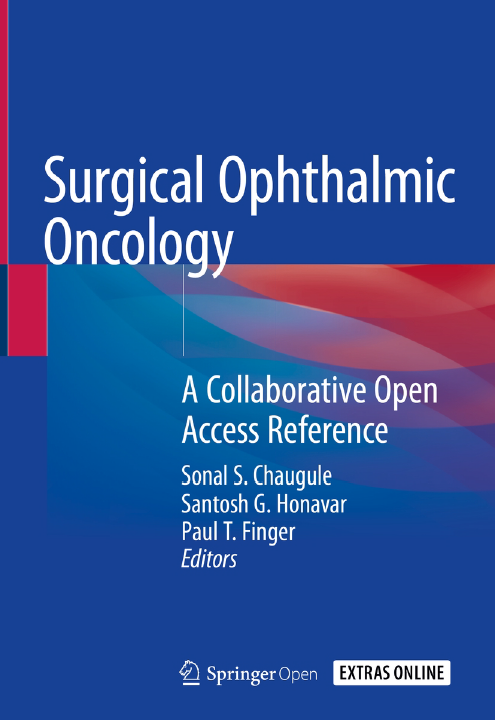Annual Ophthalmic Oncology Lectureship
At the 41st Annual Tulane Eye Alumni Day at the Renaissance New Orleans Pere Marquette Hotel, Dr. Finger lectured about how and why his important innovations came to life. In the lecture, he discusses his early work on plaque microwave hyperthermia and TRT for intraocular tumors, pd-103 plaque radiation therapy, the slotted plaque, the amniotic membrane buffer technique, epicorneal plaques, and anti-VEGF therapy for radiation maculopathy.
As Dr. Finger presented these innovations in chronological order, thanking his mentors along the way, he provides data to support the success of these creations. As an ophthalmic oncologist and specialist in ophthalmic radiation therapy, Dr. Finger’s inventions have not only paved way for safer radiation therapy practice and reduced vision loss in patients suffering from eye cancer, but also significantly increased patient comfort.
Select Innovations Discussed:
- Pd-103 Plaque Radiation Therapy:
-
-
- Ophthalmic plaque radiation therapy is used as treatment for choroidal melanoma. The first plaques incorporated radioactive material Cobalt-60 and later Ruthenium-106 and Iodine-125. However, palladium-103 became available for the first time treatment of intraocular tumors.
- Pd-103 had more advantages than Iodine-125. For example, while in both cases the eye tumor is destroyed, palladium-103 radiation is absorbed faster than iodine-125. This difference relatively spares and thus preserves critical normal intraocular tissues used for seeing and preserving the treated eye.
-
- Amniotic Membrane Buffer Technique:
-
-
- By placing an amniotic membrane on top of the cornea and below the gold plaque during treatment of iris melanoma, Dr. Finger was typically able to reduce patient pain from 9/10 to 2/10. In addition, the cornea had less surgical irritation. All this was done for patient care while effectively curing the cancer.
-
- Slotted Radiation Plaques: Peripapillary. Juxtapapillary, Circumpapillary melanomas:
-
- Only Fingers’ Slotted Plaques will allow melanomas near, touching, or covering the optic nerve to be completely irradiated. The slotted plaque was created to overcomes orbital optic nerve obstruction which prevents round and notched plaques from encircling these melanomas. That is why, Dr. Finger created a slot in the plaque big enough to accommodate the optic nerve sheath (typically 6mm wide). Sliding the plaque posterior to the optic nerve obstruction normalizes plaque position to completely surround the tumor.
- Anti-VEGF suppresses radiation vasculopathy(retinopathy and optic neuropathy):
- Originally described by Dr. Finger. Intraocular anti-VEGF injections have allowed patients to retain their vision after radiation treatment causes retinal and optic nerve side effects. In a study done by Dr. Finger, it was found that, after a decade, 80% of patients treated with anti-VEGF therapy were within 2 lines of pre-irradiation visual acuity.











